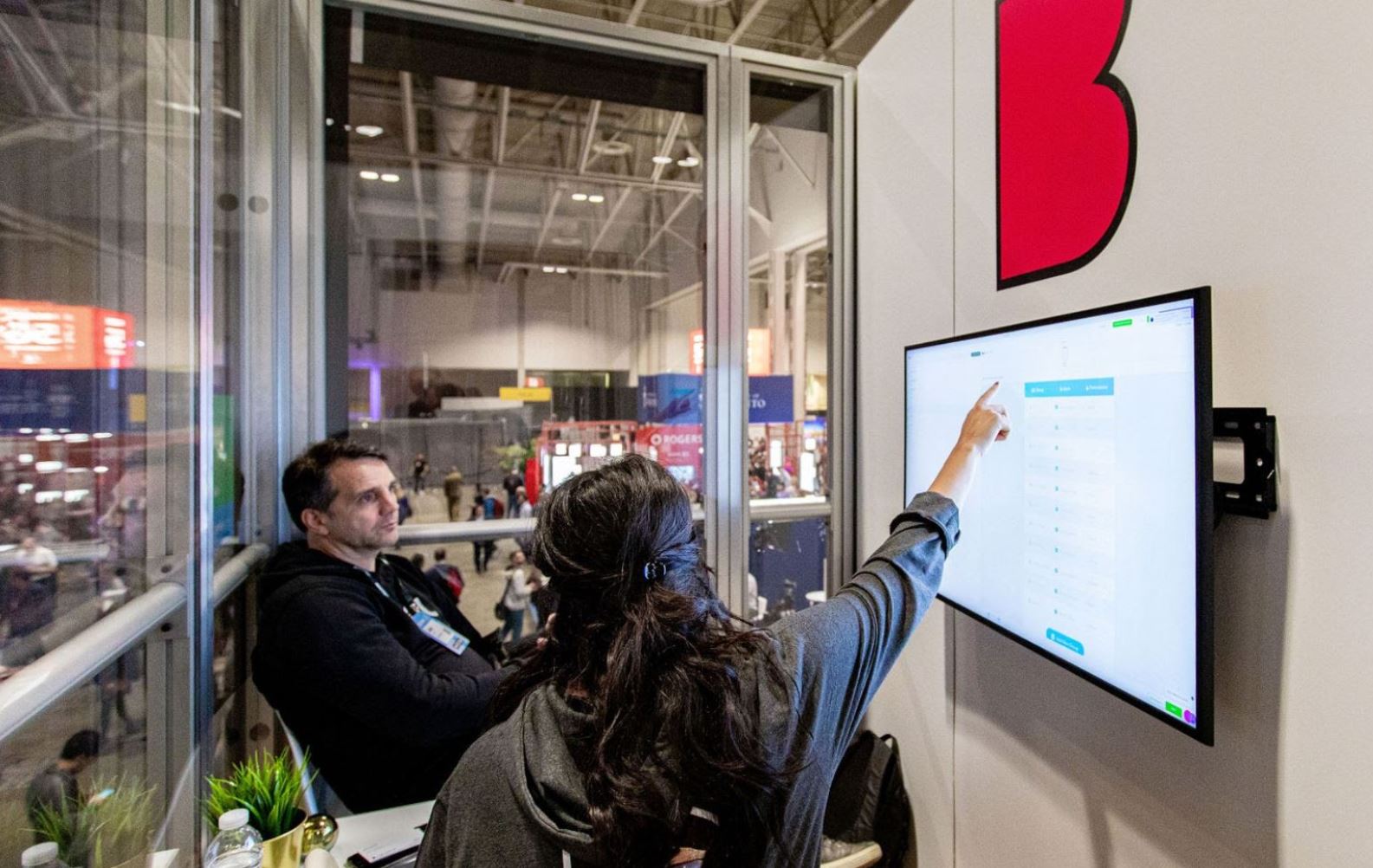At Builder, we're passionate about launching new software products (including mobile and wearable apps) regularly for our roster of global clients with our AI-powered platform Builder Studio. But what happens after your app launches? How do you gain customers? In this post, we tackle just that question--exploring different 'tools' that can help you expand your reach online and offline. Are you thinking of launching your MVP software idea in 2020? Now is the time to figure out how to launch well--we've included several ideas for just that below. As many of us know, your audience sometimes has a learning curve when it comes to understanding your offerings. Even your key demographic may not be completely dialed into your feature set or its advantages, and you may find that you need to step in and “teach” your audience about your product. Hitting the right tone and disseminating the information in the best way possible can seem complex. Builders, how do you connect with your audience to start this conversation? Big question, we know. It may not be as complicated as you think. The diversity of the social media space today makes it easier for your company to position a conversation, getting across the necessary information and hitting all the right notes with your audience. A combination of savvy social media and a good old-fashioned handshake may be just what your brand needs. Let’s take a look at five brilliant ways you can connect with your customer to teach them about your software product in the most effective ways possible.
Tool #1: Building on LinkedIn
LinkedIn is all about reputation and relationship building. Your goal here in establishing a conversation with your audience is about establishing your authority in your space. With our high-level goal of “teaching” in mind, consider yourself the impressive professor with a corduroy blazer and elegant glasses when you are on LinkedIn. You know your stuff, and you have the connections that confirm that. Additionally, post regularly about not just your product but the industry your product is rooted within. Lastly, make sure to recommend others and join targeted groups that can help you dial in on your niche.
Tool #2: Aspiring on Instagram
Instagram is about aspiration. To what new level can your offering take your audience? What value is it bringing to their lives that can make their life easier, more impressive or more polished? Teach your audience via Instagram that your product is the ultimate Instagram filter, solving a pain point and creating a more seamless façade. Images and video are central to creating your Instagram community, so getting comfortable with this medium can help your general social media presence, as well, as you can share your Instagram posts with your other social media channels (ie. Facebook and Twitter, for example).
Tool #3: Teaching on Facebook
Facebook is your opportunity to maintain a sincere, ongoing conversation around your offering. To continue our teaching metaphor, this is your opportunity to lecture, as long as that lecture is engaging. Feel free to use a Facebook Live, for example, to showcase your knowledge and even engage with your product here. Or, start/ continue a conversation or a series of conversations about your industry (and feel free to include more information about how your product helps solve a pain point facing your industry--targeting your industry contacts [this might not work if you use Facebook for personal reasons exclusively). The longform conversation of Facebook makes this platform the ultimate teaching tool, provided you don't get too technical or boring in your tone.
Tool #4: Resonating on Twitter
As you approach the idea of teaching about your product on Twitter, there's only one note to keep in mind—keep things light. This is your opportunity to show that your brand is part of the conversation that is happening now, the only relevant conversation. The catch is that you cannot come across as trying too hard. Don’t overreach for hipness. Simply disseminate clean (read: brief) facts about your offering in a way that is not heavy-handed, and respond with appropriate humor when you can. Remember, you can schedule your posts on Twitter, LinkedIn, Facebook and Instagram using a variety of tools, including HootSuite or Zoho Social.
Tool #5: Networking AKA the face-to-face
The most revolutionary idea? Teaching about your product through face-to-face interactions. Old school is still the best school. Whether in meetings with potential partners, at conferences, or at conventions, use face-to-face opportunities to teach your audience about your product. Authenticity is key, and you need to demonstrate you know your product in and out. Connecting with your audience in person is still one of the best ways to get your point across. Why else are Ted talks so popular? It provides an IRL opportunity for product and audience to connect.Builders, what opportunities have you taken advantage of to continue teaching your audience about your product? Let us know in the social space via Facebook, Instagram, LinkedIn and Twitter. If you want to learn more about the product we love “teaching” about, visit Builder Studio and start exploring.
Stories published by the editorial team at Builder.ai.












 Facebook
Facebook X
X LinkedIn
LinkedIn YouTube
YouTube Instagram
Instagram RSS
RSS


